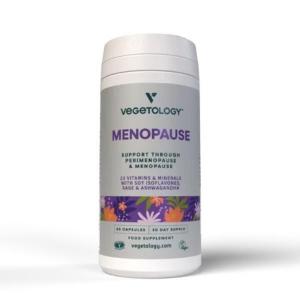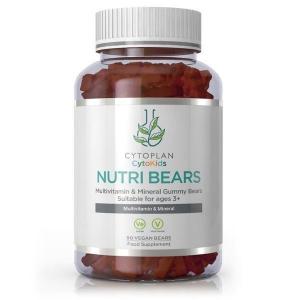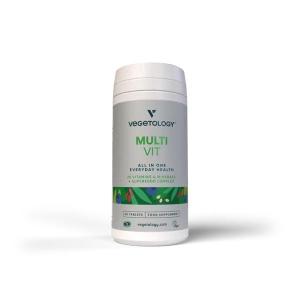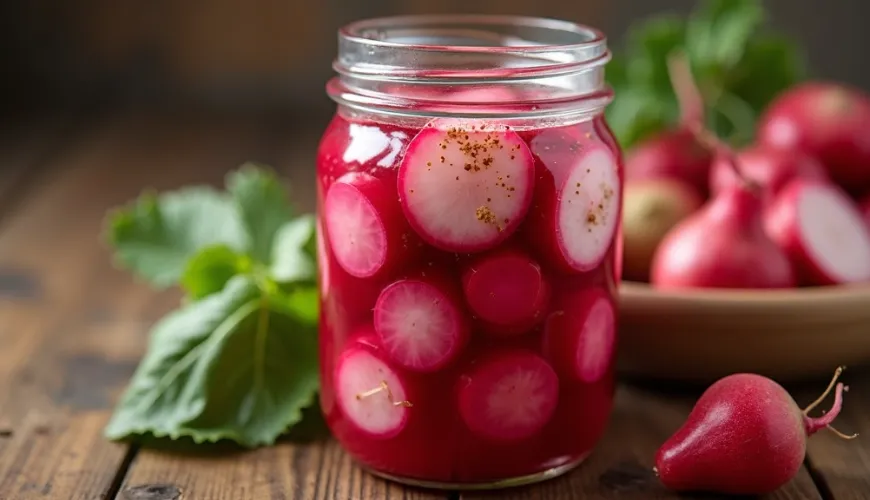
Try the recipe for pučálka and discover the charm of Czech tradition.
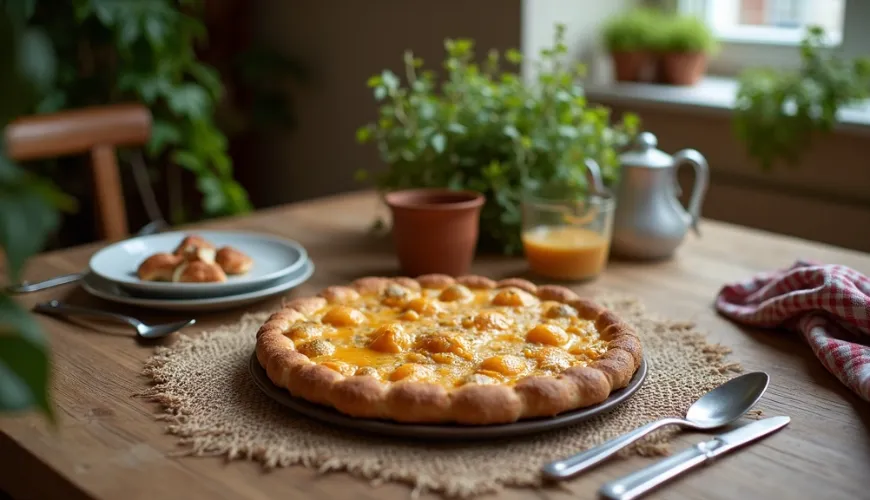
Pučálka - A Czech Treasure That Tastes Great Even Today
When you think of traditional Czech cuisine, most people think of roast pork with dumplings and sauerkraut, svíčková, or potato pancakes. However, Czech culinary history goes much further and hides lesser-known yet equally delicious treasures. Pučálka – a simple and nutritious dish made from sprouted peas – is one of them. You might know it from your grandmother's tales, or perhaps you've never heard of it. And that is precisely why it deserves to be rediscovered.
What Is Pučálka and Why Is It Worth Your Attention
Pučálka is a dish made from whole green peas that are left to sprout for several days. Once sprouted, the peas are roasted in a pan and can then be salted, sweetened, or flavored with various spices. This modest spring treat has a long history in the Czech lands. It is a traditional Lenten dish prepared mainly during the period leading up to Easter. In times when meat was scarce or forbidden, pučálka was a nutritious and inexpensive alternative.
The name "pučálka" is derived from the word "pučet," meaning to sprout. And it is this sprouting that transforms peas from a hard-to-digest legume into a soft, slightly sweet, and nutrient-rich dish. Sprouting changes its structure and nutritional values – increasing the content of vitamins, enzymes, and proteins, while reducing the presence of antinutritional substances that hinder nutrient absorption.
Moreover, in the context of today's interest in healthy eating, sustainability, and a return to local ingredients, pučálka beautifully fits into the modern lifestyle. It is vegan, gluten-free, inexpensive, and really tasty when prepared correctly. It's no wonder it's regaining its place on the tables of people seeking simplicity, history, and flavor in one.
Try our natural products
How to Prepare Pučálka Step by Step
If you're looking for a traditional pučálka recipe, you don't need any exotic ingredients or special equipment. Just a bit of patience, as sprouting takes 2 to 3 days, and basic kitchen tools. This simplicity makes pučálka an ideal dish for anyone who wants to eat healthily while being kind to their wallet and the planet.
Ingredients:
- 200 g of whole green peas (unpeeled)
- Water for soaking and sprouting
- Oil for roasting (e.g., canola, sunflower, or even olive oil)
- Salt to taste
Optional for seasoning:
- Sweet paprika, garlic, marjoram, pepper
- Or for a sweet version: cinnamon, cane sugar, honey
Instructions:
-
Soaking and Sprouting: Rinse the peas well and soak them for 12 hours in cold water. Then drain the water and let the peas sprout at room temperature in a bowl or colander. Rinse them twice a day to prevent mold. Sprouts should be visible after 2 to 3 days – ideally around 1 cm long.
-
Roasting: Dry the sprouted peas and heat a pan with a bit of oil. Roast the peas on medium heat until they turn golden and start to smell – about 10 to 15 minutes. Stir while roasting to prevent burning.
-
Seasoning: You can salt the roasted peas and serve immediately. For a sweet version, add cinnamon and sugar or honey. A spiced version stands out beautifully with paprika, garlic, or caraway.
And that's it. No magic, just the taste of old times that surprises with its richness and originality.
The Story of Pučálka - From the Middle Ages to Hipster Bistros
Pučálka is not just food but also a piece of Czech history. In the past, it was a common part of the diet, especially in spring when supplies were running low and fresh food was not yet available. Sprouting peas was a way to naturally "revive" dry legumes and add vitamins to the diet at a time when concepts like "superfood" or "raw food" were unheard of.
In old towns, it was even sold as street food – pučálkáři and pučálnice offered this hot treat on street corners, much like roasted chestnut vendors today. One historical description states: "At the market, pučálka from a black pan sprinkled with salt, sometimes even a pinch of pepper, was fragrant." Today, it could easily appear on the menu of a modern bistro or vegan café.
Interestingly, similar dishes made from sprouted legumes appear in other cuisines – for example, in India, the Middle East, or Korea. Sprouting is one of the oldest and most natural ways to improve the digestibility of foods while increasing their nutritional value.
Nutritional Benefits That Surprise
You might wonder why you should include sprouted peas in your diet when you have tried and true lentils or chickpeas, which are also healthy and tasty. Well, the answer is simple – sprouted peas have not only a unique taste but also an interesting impact on our bodies. During sprouting, enzymatic processes are activated within this modest legume, helping to break down starches, which can be somewhat challenging for our digestive system.
As a result, nutrients are released and are much more easily absorbed by the body. In practice, this means that with each bite, you provide your body with a substantial dose of B vitamins, vitamin C for immunity, vitamin E as a powerful antioxidant, and also plant proteins and fiber that soothe and support digestion. Additionally, there are antioxidants and enzymes that perform many useful functions in the body – from protecting cells to boosting metabolism. So if you needed a convincing answer, here it is: sprouted peas offer more than you might initially think.
Moreover, they have a low glycemic index and keep you full for a long time, which is appreciated by people maintaining their weight or a healthy lifestyle. Sprouted peas are also gentle on the intestines, which is beneficial not only for diets but also for those with sensitive digestion.
In practical life, it might look like this: a university student striving to eat healthily while saving money prepares pučálka as a school snack. She fries the sprouted peas the night before and simply takes them with her in a container the next day. At school, instead of expensive and often unhealthy fast food, she opts for a homemade, nutritious treat.
Pučálka as Part of a Sustainable Household
In an era when there is increasing talk about ecology, sustainability, and reducing food waste, pučálka fits beautifully into the concept of zero waste cooking. Peas can be stored for a long time, sprouting can be done practically without waste, and the whole process is low in energy and packaging requirements. Moreover, when you realize that sprouted peas are created only from water, air, and time, it becomes clear why people are returning to them.
Besides, it is food that connects generations. While for older generations, it may evoke memories of childhood and grandma's kitchen, for the young, it represents an original and healthy alternative to industrially processed snacks. And that's exactly what the beautiful return to roots is about – not just culinary but also human.
As British food blogger Bee Wilson aptly said: “Food is not just fuel. It's a way we tell each other stories." And the story of pučálka is definitely worth rewriting into the contemporary language.
So next time you wonder what healthy, simple, and affordable dish to prepare, remember pučálka. It is a recipe from the past that has a future.
